A Trio of Fluffy Detectives Is on a Quest to Save the Endangered Alpine Stonefly
Australia’s best insect trackers are very, very good boys.

Early this spring, three highly trained detectives trekked out to the Victorian Alps in southeastern Australia in pursuit of elusive quarry. Bayar, Sasha, and Judd were hot on the trail of a bug—the endangered alpine stonefly, which lives along the streams that cut across the Bogong High Plains. Armed with an incredible sense of smell and agile feet to navigate the rocky bushland, the trio were the perfect agents for the mission—as long as they didn’t accidentally step on or eat their targets.
Bayar, Sasha, and Judd are the first canine graduates of a unique pilot program. In traditional conservation work, detection dogs like these three are used to sniff out the traces of animals, such as nests or scat, but are rarely trusted to seek the animals themselves (especially small ones that are easily squished). And dogs that are trained to find live bugs generally do so for the eventual purpose of extermination, as in the case of bed bugs or termites. So the stonefly trial is one of the first of its kind, according to Julia Mynott, a researcher from LaTrobe University in Melbourne, who leads the project.
Researchers know a few things about the alpine stonefly. It cannot fly, despite its wings and name. It is the largest stonefly in Australia. The larvae hatch in the streams of the Bogong High Plains, and adults live just two years and only emerge between January and April to reproduce. Those adults are one of the primary predators in alpine aquatic streams, and are much more colorful than most stoneflies, with an enormous orange spot on the back. But researchers have no idea about the species’ population size, which makes it near-impossible to draft a conservation plan, Mynott says.
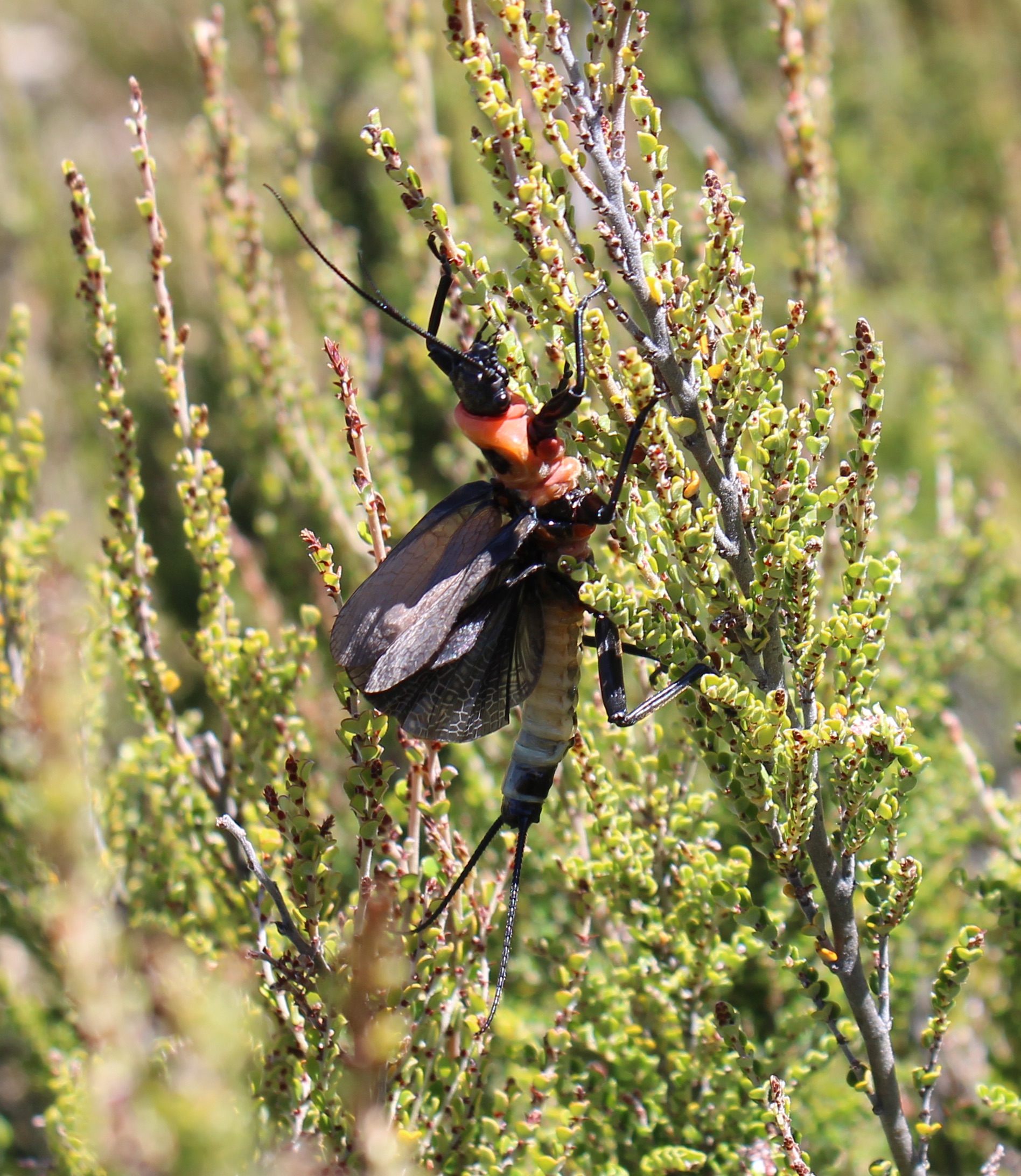
Mynott has studied the alpine stonefly for several years, usually by wandering the brushland and hoping to spot some. “They’re quite hard to detect or find, and they have cryptic behavior,” she says. “They don’t fly. They burrow.” They’re big for bugs—an inch or so long—but that doesn’t make them much easier to spot, especially once they’ve dug in under debris or stones. The human eye is so inadequate for this task that Mynott realized she needed to rely on another sense and, for that matter, another species entirely.
There’s a delicacy to this work, so it’s not for every dog. Mynott knows flies better than dogs, so she deferred to the university’s Anthrozoology Research Group Dog Lab for training and selection. The lab works with around 20 canines and their owners, who volunteer themselves and their companions to help carry out conservation work. The dogs spend most of their days as pets. In the past, the labs’ dogs have been trained to find turtle nests, as well as the scat of koalas, quolls, and greater gliders. For the pilot insect program, the lab chose five dogs with gentle dispositions and, after a few training exercises, winnowed it down to three.
Bayar (a samoyed), Sasha (a border collie), and Judd (a labrador) were all selected for their calmness, since stoneflies have a scare response, Mynott says. The bugs often spend their days clinging to vegetation, but drop to the ground when startled, so Mynott needed dogs so imperturbable that their presence, even up close, wouldn’t harm a fly.
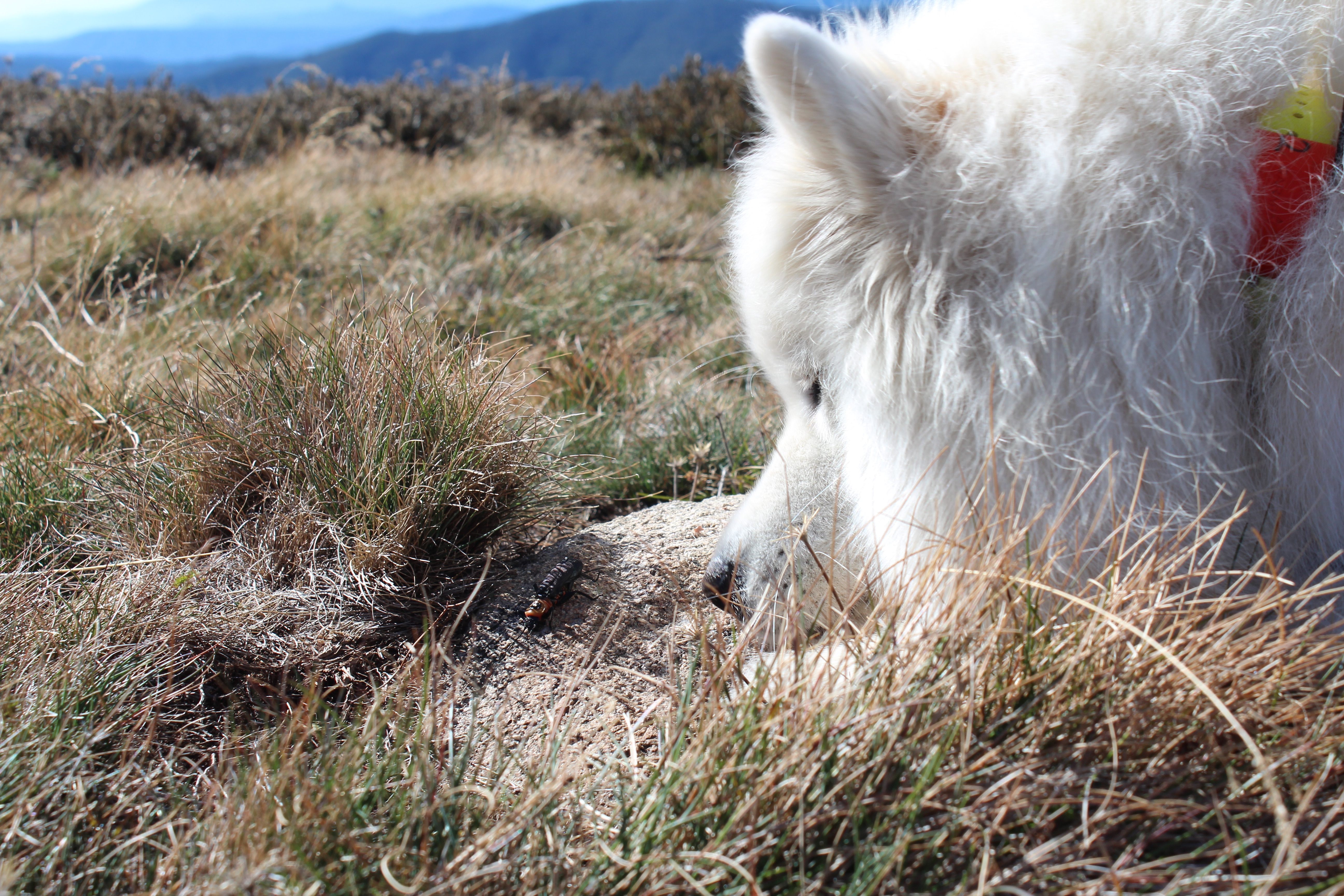
The trio went into a seven-week training program. It started in a controlled setting, where researchers presented each with a scent board with multiple different scent containers attached to it, including one for the bugs. Each time the dogs correctly identified it, they were rewarded with food and ball games. Their practice then moved to nearby bushland, where trainers offered them more games and treats for detecting the scent in the wild. One of the biggest precautions, the researchers realized, was training the dogs to point at the insects with their snouts, not their paws—to avoid a fatal accident. “They make a motion with their nose and then look at their handlers,” Mynott says. “They eventually should lie down, but they weren’t always doing that.”
The first trial run at Falls Creek, one of the stonefly’s natural habitats, was a success. “Initially we didn’t even know if they had a scent,” she admits. “So to have the dogs find them was amazing.” Bayar, Sasha, and Judd all located clusters of wild alpine stoneflies—and no one got squished. Though each dog could detect capably enough, they all had distinct personalities and approaches to their designated patches of land. “Some are more strategic and orderly than others,” Mynott says. “But the main thing is that they do cover the area, however long it takes.” After a pup found a bug, Mynott would note the insect’s size and sex, and then add it to the population count. She also collected several specimens for DNA.

Following the first trial, Mynott took the trio out again to see if they could identify a close relative of the alpine stonefly, the stirling stonefly, which lives on a separate mountain. To her surprise, the doggy detectives identified these close cousins without hesitation. Mynott hopes this success will justify expanding the program to train many other dogs to target all of Australia’s stoneflies.
There are four of those species in Australia, all of which are considered threatened, Mynott says. The alpine and stirling are the best understood, which isn’t saying much considering how little scientists know about their range and population size. “The other two species haven’t been recorded since the 1970s and don’t have common names,” Mynott says. “People think they’ve seen them, or one of them at least. But no one’s actively looking.”
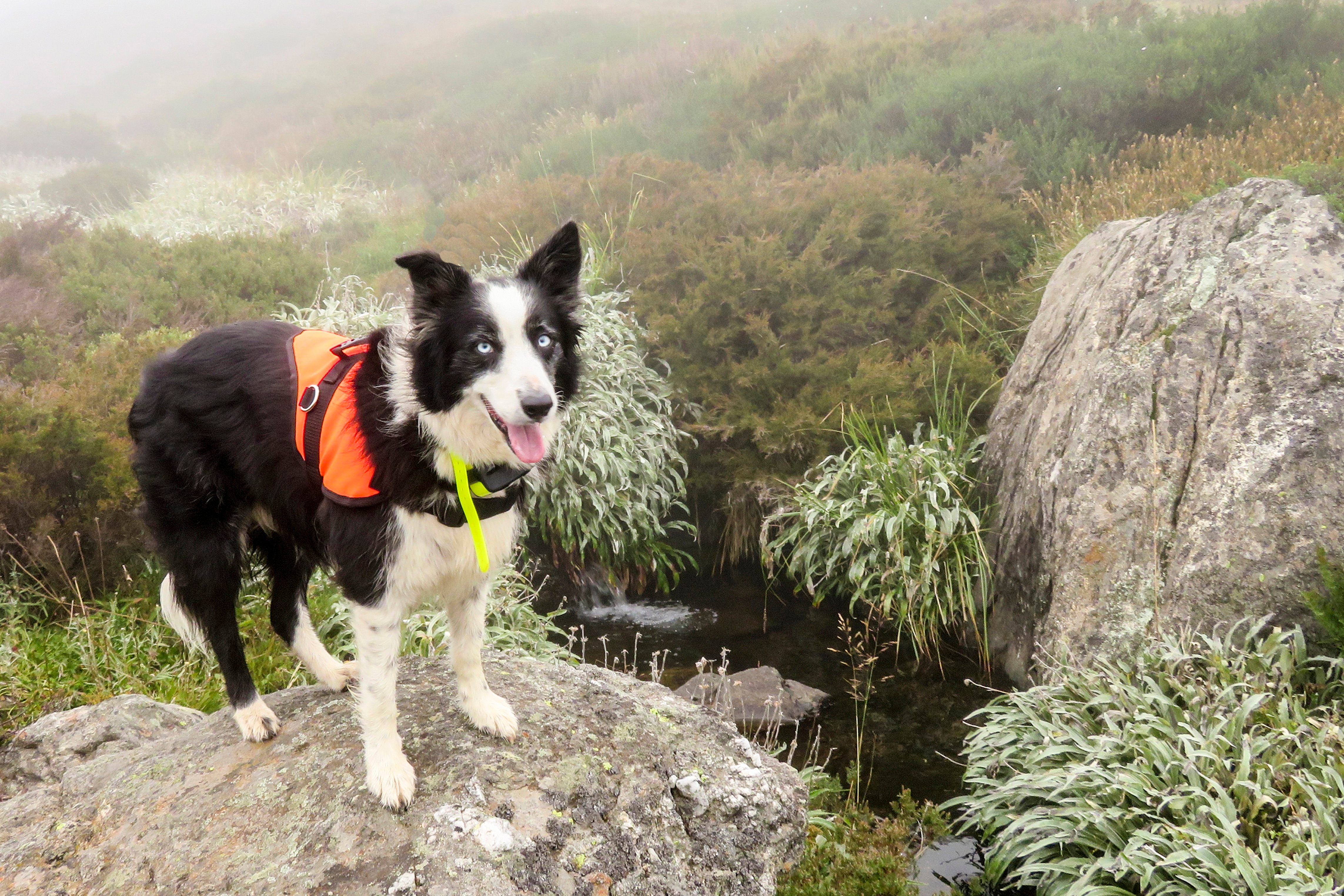
Australia’s alpine ranges are quite small and diminishing with climate change. Reduced rainfall and warming temperatures will reduce the alpine stonefly’s preferred habitat of cool mountain streams, Mynott says. That’s just one of the threats they’re facing. Alpine stoneflies often live in areas so hilly and picturesque that they attract development from ski resorts. People also introduced trout to their streams, a fish that’s much more voracious than Victoria’s native fish, Mynott says. The insects are also both flightless and quite big and colorful, which make them easy targets for predators.
The stoneflies won’t emerge again until next January, which gives Mynott and the trainers at the lab plenty of time to vet additional pups for the program. So it seems Australia’s top-tier canine-arthropod detective squad is actively looking for new recruits, and all chill, good dogs in the area are encouraged to apply.


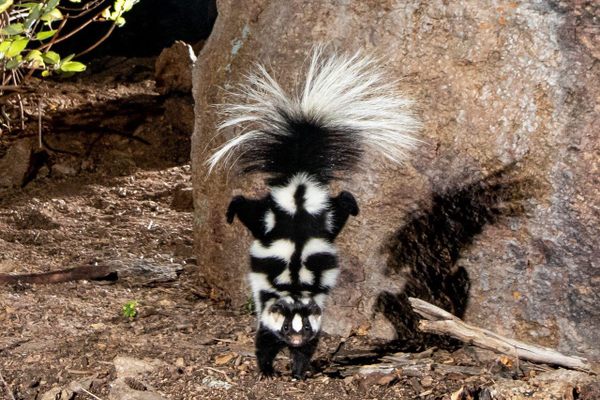
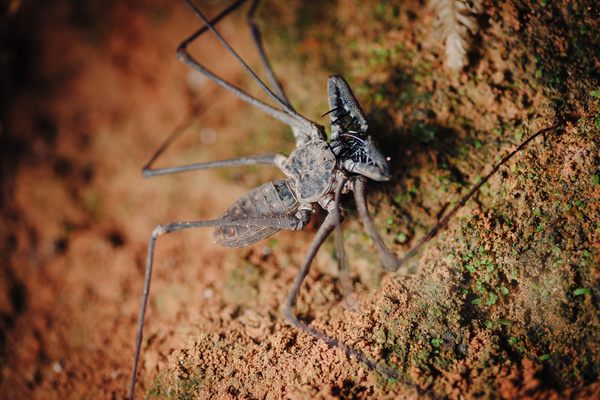
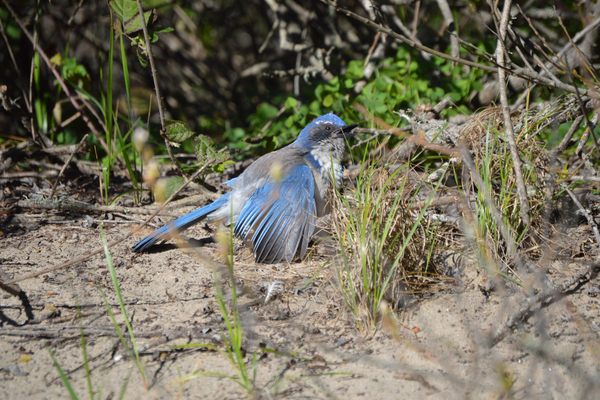




















Follow us on Twitter to get the latest on the world's hidden wonders.
Like us on Facebook to get the latest on the world's hidden wonders.
Follow us on Twitter Like us on Facebook